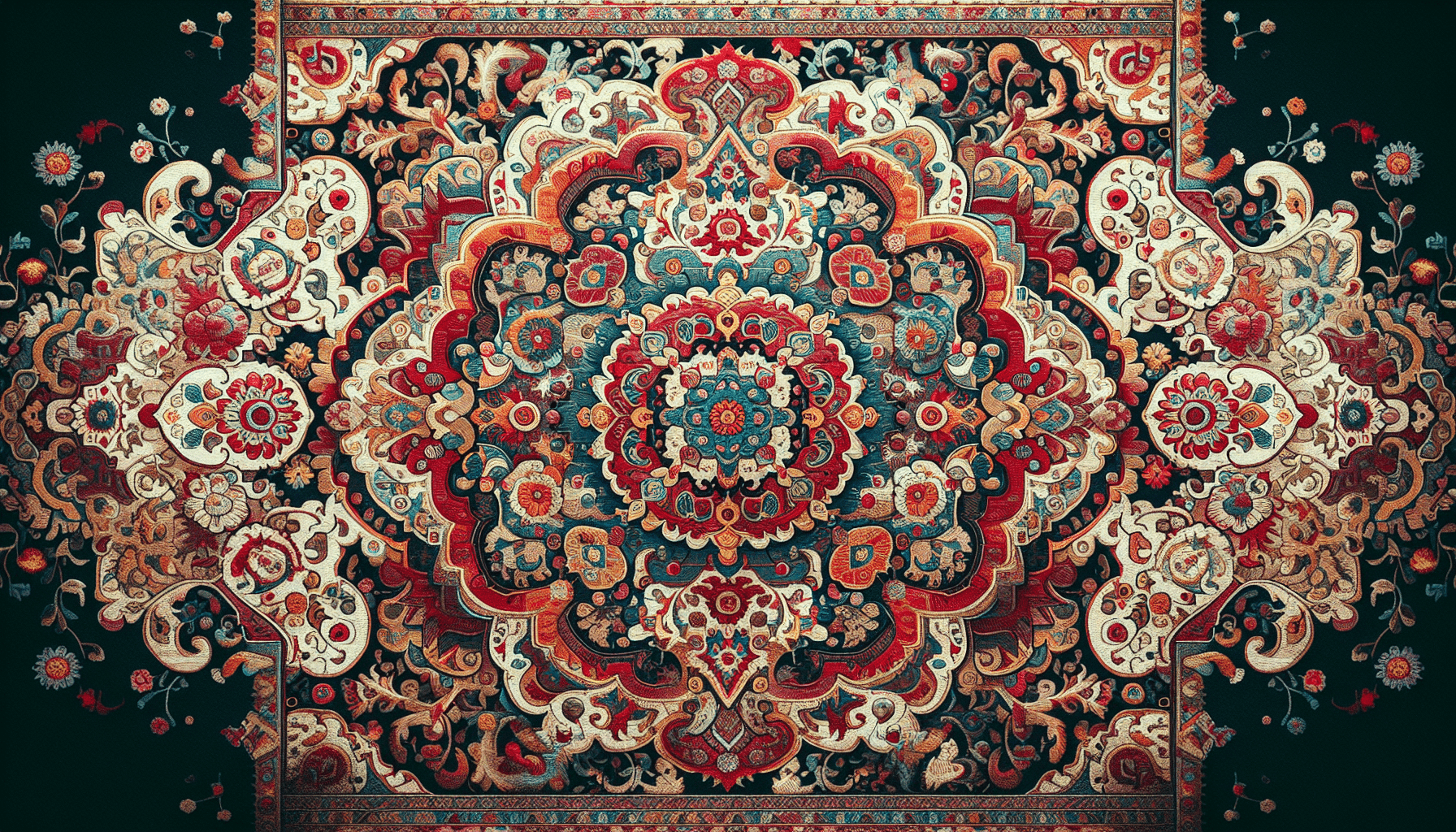Welcome to an exploration of the rich cultural significance of Turkish carpets and rugs. These intricately designed pieces of art not only serve as functional home decor but also carry a deep historical and cultural significance. From the traditional motifs and symbols woven into the patterns to the craftsmanship passed down through generations, Turkish carpets and rugs tell a story of heritage and tradition that continues to captivate admirers around the world. Join us as we delve into the history and beauty of these timeless pieces of Turkish art. Have you ever wondered about the cultural significance of Turkish carpets and rugs? Let’s dive into the rich history and artistry behind these beautiful creations.

